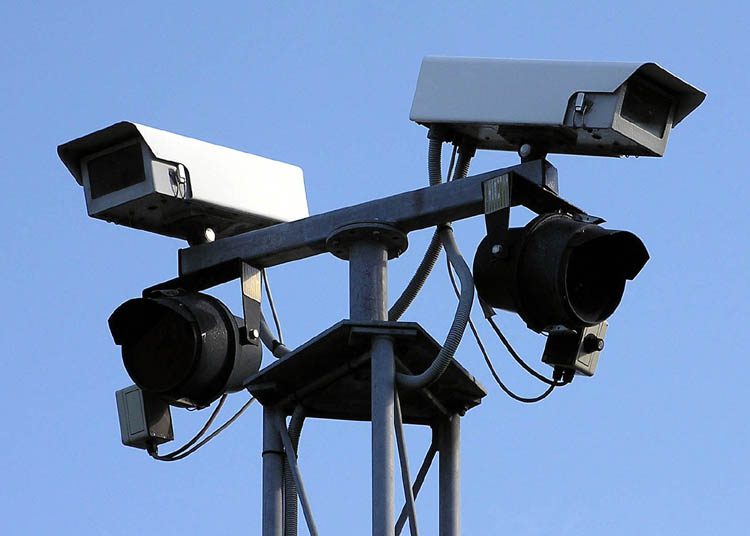Last year, $99.2 million in revenue was generated in the District as a result of speeding tickets alone. Regular commuters have always known D.C. to be a “speed trap,” but the implementation of cameras has sent ticket numbers skyrocketing.
There are approximately 300 existing, planned and proposed speed-camera locations in the District. The cameras began to be installed following approval of Section 9029 of the Budget Support Act, meant to instill public trust that the main goal of installing cameras is to improve safety (and not solely to increase local revenues).
An engineering study conducted by the District Department of Transportation in 2014 to determine the nexus between traffic safety and speed cameras supported their use as a means of discouraging speeding. However, AAA Mid-Atlantic spokesman John B. Townsend II stated that the large number of tickets issued during the 2016 fiscal year suggests that the cameras did not deter speeding whatsoever.
There has been a rapid increase in tickets since the implementation. According to a review released by AAA, ticketing went from 276,000 to 994,000 over the past decade.
Townsend believes the use of cameras only serves to “entrap and ensnare motorists as they come into the city.”
The massive number of citations in D.C. has given the District significantly more revenue than any county in Maryland. Virginia law prohibits the use of speed cameras on the streets.
Margarita Mikhaylova, a Metropolitan Police Department spokeswoman, says, “This is 100 percent about safety.”
Disgruntled residents and commuters seem to have split opinions. On the one hand, those who live in the area feel this is a good thing for D.C., encouraging drivers to slow down and use caution on the road (though some residents also believe it to be an invasion of what’s constitutionally acceptable, a bit of a “Big Brother” situation). Those on the opposing side feel that this isn’t just a speeding trap; it’s a money trap meant to raise funds for the District government to spend.


